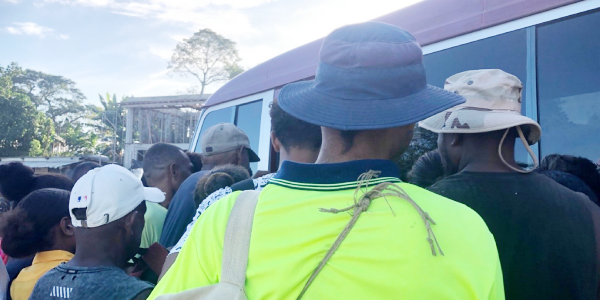SOLOMON Islands have been ranked among the countries with the lowest unemployment rates in the world, according to the latest Unemployment by Country 2025 global report.
The report shows Solomon Islands recorded an unemployment rate of just 1.55 percent in 2023, placing it 174th out of 181 countries—well below the global average of 6.3 to 6.5 percent.
This ranks the country among the ten least unemployed nations globally, slightly higher than Laos (1.18%) and Cuba (1.16%) but ahead of Timor-Leste (1.52%) and Oman (1.46%).
Only a handful of countries, including Qatar (0.13%) and Cambodia (0.24%), report lower rates.
In comparison, developed economies such as the United States (3.63%), Australia (3.67%), and the United Kingdom (4.06%) all record unemployment rates more than double that of Solomon Islands.
However, economists caution that while the figures highlight strong labor participation, they may also mask underlying challenges.
In developing economies like Solomon Islands, low unemployment often reflects high levels of informal and subsistence work rather than widespread access to secure, well-paying jobs. Agriculture and small-scale trade dominate the workforce, leaving many underemployed.
According to World Population Review Unemployment is generally categorized into three types: frictional (temporary job searching), structural (skills mismatch), and seasonal (linked to industries like tourism or agriculture). For Solomon Islands, underemployment is a greater concern than official unemployment.
The 2019 Census report in Solomon Islands also showed urban unemployment (12.06%) was nearly double that of rural areas (6.25%).
Honiara recorded the highest provincial rate at 13.5%, followed by Temotu (9.1%). Choiseul posted the highest urban unemployment rate (18.7%).
“Youth joblessness was particularly concerning, with the 15–19 age group reaching 15.2%, and young males consistently outpacing females in unemployment levels,” the report states.
Despite these challenges, the global ranking underscores Solomon Islands’ resilience in labor force engagement, even as it continues to face limited economic growth and infrastructure constrains.
By ULUTAH GINA
Solomon Star, Gizo








